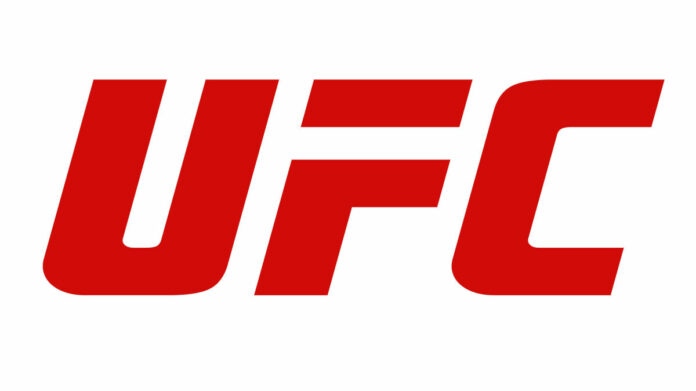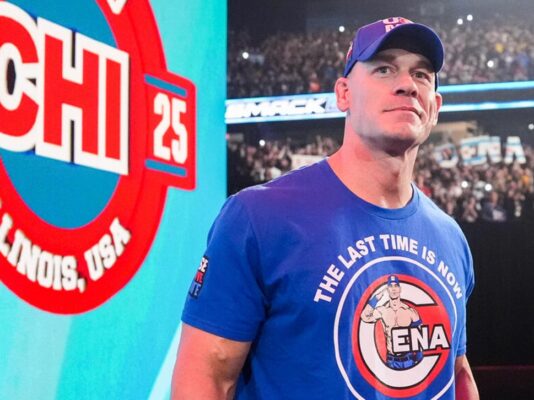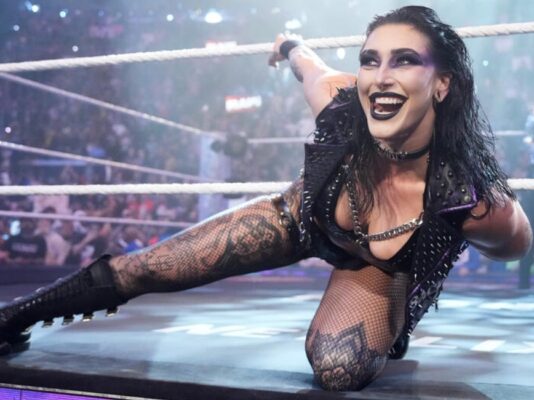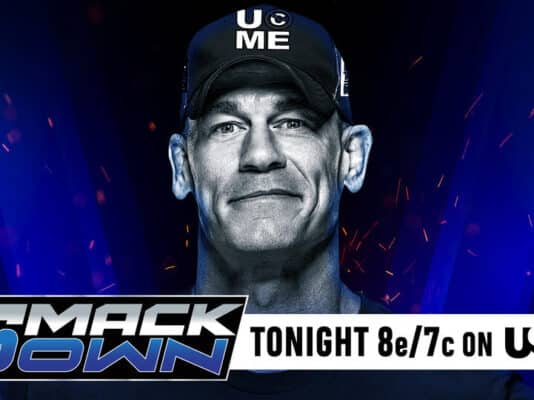
Earlier this week during the media tour for tonight’s UFC 316 pay-per-view that will be hosted in Newark, New Jersey, Amanda Nunes, who will be inducted into the UFC Hall of Fame in just a few weeks, announced her return to the sport, proclaiming her intentions to recapture the Women’s Bantamweight championship, a belt that she vacated when she retired from the Octagon two years ago. “The Lioness” return to the cage dwarfs even the solid line-up that will take place at the Prudential Center on the ESPN+ streaming service.
The reason for this is rather simple, as the UFC, an organization that is a part of the TKO corporation after last year’s merger with the WWE, needs the star power ahead of its negotiations for its next media rights deal. Different from the pro wrestling side of the publicly-traded company, the UFC didn’t go to the bulk-pricing model that many streaming platforms use in the modern era. Instead, the TV cards that would air for free in the past were now included in the subscription to the streaming service. However, the pay-per-views actually increased in price, ballooning to a staggering $79.99 for each event, which doesn’t included the subscription fee to the service itself. Yes, fans have to pay for the subscription just for the ability to be able to pay again to order the PPVs. It’s a bold strategy, but it becomes a key aspect of the potential of their next move if the organization doesn’t re-sign with ESPN.
As cliche as it is, as far as pay-per-view for the WWE, and thus virtually half of the TKO brand, the horse is out of the barn. You can’t put the toothpaste back in the tube so to speak in terms of the perceived value of the pay-per-views. For more than a decade, pro wrestling fans have been able to watch PPVs for either $9.99, $4.99, or in some cases even free between the original launch of the WWE Network and the Peacock platform. Sure, some fans would pay it, but it would be a very difficult sell to try to get wrestling fans to go back to paying $40 or $50 a month for pay-per-view.
That’s one of the unintended consequences of the bulk-pricing model, as it looks to secure more subscribers at a lower price to generate more revenue overall than the amount of customers that were willing to pay the traditional fee. With the amount of streaming options that have fizzled out over the past several years, it’s clear that the bulk model can be hit or miss depending on the content on the platform.
However, and this is key for the UFC, they never unintentionally lowered the value of their PPV offerings so it would be much easier for the group to possibly sign with a different network and make the transition back to traditional pay-per-view because the only difference would be where the events are broadcast, not the price point that could impact the decision to order the show. Sure, outside factors like the economy could make a difference, but that could apply to any entertainment spending for any target audience. The point being, selling an $80 MMA card on ESPN+ or selling an MMA card on traditional pay-per-view if the UFC moves to a different network at the end of the year is moot in the grand scheme of things.
However, and this is where Nunes is such an important figure among the current landscape of the organization, with Jon Jones claiming on social media just a few days ago that he was willing to “step aside as heavyweight champion, a tactic purely to avoid a unification fight with interim champion, Tom Aspinall, the MMA league has very little in the way of major star power to demand major money at the negotiating table. Would a network want to pay a few billion dollars when one of the most promoted and most controversial fighters in the organization’s history claims that he won’t defend the heavyweight title? Conor McGregor was promoted ahead of nearly everyone else in the company for years, and after he failed to enter the testing pool to be eligible to fight Micheal Chandler earlier this year, there’s zero assurance that he will fight again.
Don’t get me wrong, the Ultimate Fighting Championship still has a tremendously talented roster, tonight’s card is proof of that, but the harsh reality is that a combination of an oversaturation of fight cards and putting almost all of the programming behind a paywall in some form or fashion, the promotion just doesn’t have the star power that it did several years ago.
Amanda Nunes has the skills and the accomplishments to be the top star of the organization, at least for the foreseeable future until the next crop of fights have a chance to make a name for themselves. During the announcement of her return, “The Lioness” explained that this was a full-fledged comeback, not a one-off return in the Octagon. It’s a much easier sell to the network when a Hall of Famer and former double champion will be back on the roster to sell PPVs.
Speaking of which, the UFC 316 card will showcase the women’s bantamweight division when Julianna Pena, who beat Nunes for the championship in December 2021 before “The Lioness” avenged the loss the following July to reclaim the belt, will defend against Kayla Harrison. After Nunes recaptured the title, she beat Irene Aldana before she vacated the belt. Pena defeated Raquel Pennington via split decision last October. While Harrison is the 6 to 1 favorite with a pro record of 18-1, it goes without saying that a potential trilogy fight between Nunes and Pena could be a draw for the company. If I had to guess, Harrison wins the bout, but there’s intrigue because Pena was a major underdog when she shocked the world to dethrone Nunes in their original bout.
The main event will also be a rematch when Sean O’Malley gets a chance to reclaim the Bantamweight belt when he challenges Merab Dvalishvili, who beat him via unanimous decision last October. More than just the winners for tonight and how it could shape the respective divisions going forward, the bigger story might be how the return of Nunes to the organization could impact the overall direction of the company ahead of their next television deal. Along with that, it will be interesting to see how the details of that particular contract affects the distribution and thus the perception of the promotion in the future as well. If some of the fight night cards that have been behind the paywall of ESPN+ for the past several years are back on traditional television instead, the added exposure could allow more opportunities for more fighters to make themselves stars to the general public that might not be enough of a diehard MMA fan to pay a monthly subscription fee to follow the sport. In truth, that main stream exposure through cable television was what made it possible for there to be such a surge in popularity nearly two decades ago so it would probably be a wise decision to make the product, including the new generation of fighters, more accessible to more viewers, specifically with a new TV deal.
What do you think? Share your thoughts, opinions, feedback, and anything else that was raised on Twitter @PWMania and Facebook.com/PWMania.
Until next week
-Jim LaMotta
Email [email protected] | You can follow me on Instagram, Facebook, & Threads @jimlamotta89












